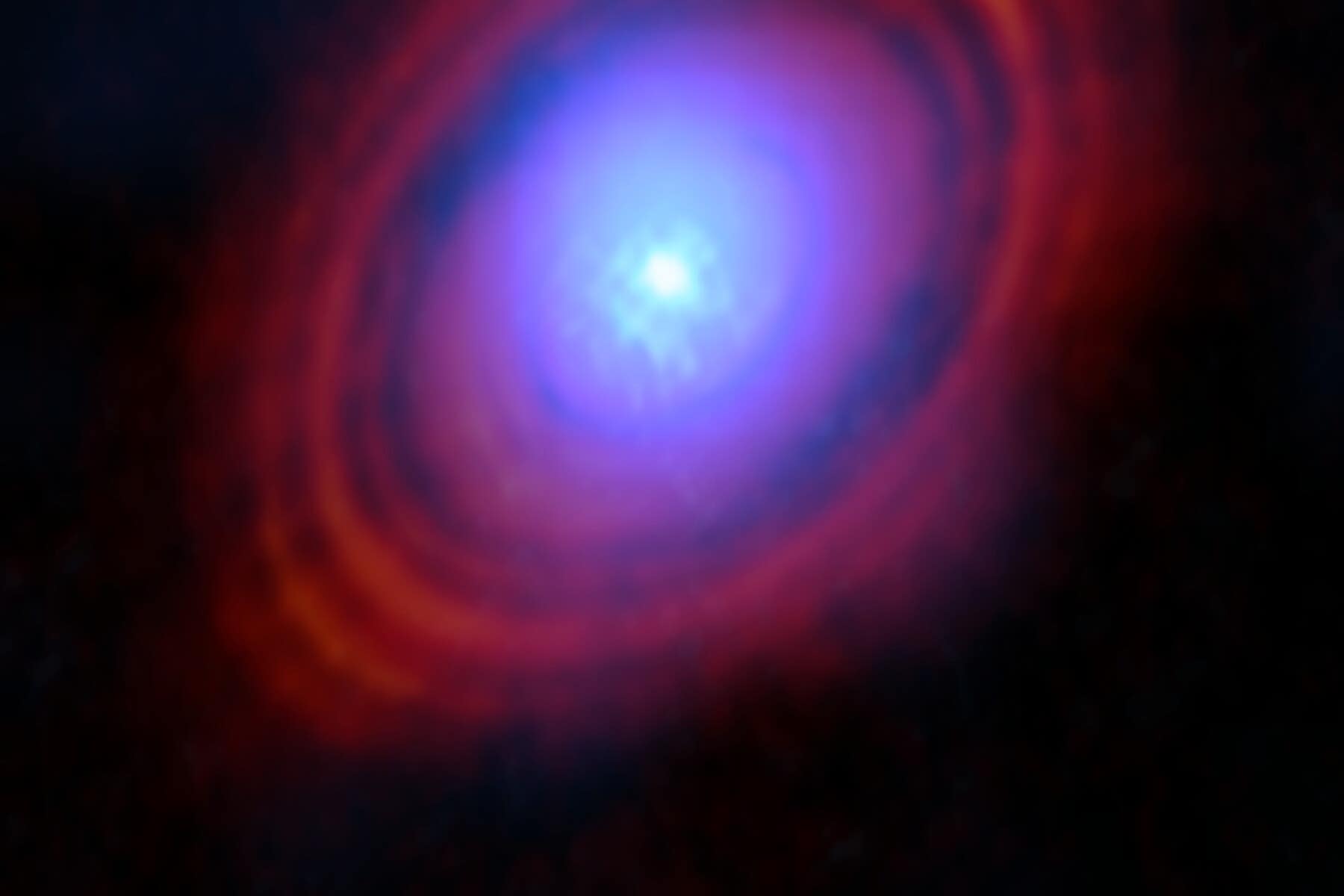Scientists find link between planets and water that could solve mystery of how worlds form
Researchers ‘had never imagined’ that important data could be collected

Astronomers have found water in a disc that could be forming planets – potentially helping solve a mystery around how new worlds form.
Researchers had not been able to map how water is distributed in a planet-forming disc of this kind. One said they “had never imagined” that this kind of data could be collected.
But new research has found water in such a disc – and could help us understand the potentially key role that it plays when new worlds are being born.
The observations, made using the Atacama Large Millimetre/submillimetre Array telescope (Alma), reveal at least three times as much water as in all of Earth’s oceans in the inner disc of the young Sun-like star HL Tauri, located 450 light-years away from Earth in the constellation Taurus.
Stefano Facchini, an astronomer at the University of Milan, Italy, who led the study, said: “I had never imagined that we could capture an image of oceans of water vapour in the same region where a planet is likely forming.”
He added: “Our results show how the presence of water may influence the development of a planetary system, just like it did some 4.5 billion years ago in our own solar system.”
Co-author Leonardo Testi, an astronomer at the University of Bologna, Italy, said: “It is truly remarkable that we can not only detect, but also capture, detailed images and spatially resolve water vapour at a distance of 450 light-years from us.”
The observations with Alma, of which the European Southern Observatory (ESO) is a partner, allow astronomers to work out the distribution of water in different regions of the disc.
According to the study, published in Nature Astronomy, a significant amount of water was found in the region where a known gap in the HL Tauri disc exists.
Researchers say this suggests that this water vapour could affect the chemical composition of planets forming in those regions.
Elizabeth Humphreys, an astronomer at ESO who also participated in the study, said: “It is truly exciting to directly witness, in a picture, water molecules being released from icy dust particles.”
The dust grains that make up a disc are the seeds of planet formation, colliding and sticking together to become even larger bodies.
Astronomers believe that where it is cold enough for water to freeze onto dust particles, things stick together better, creating the ideal spot for planets to form.
Additional reporting by agencies
Join our commenting forum
Join thought-provoking conversations, follow other Independent readers and see their replies
Comments
Bookmark popover
Removed from bookmarks